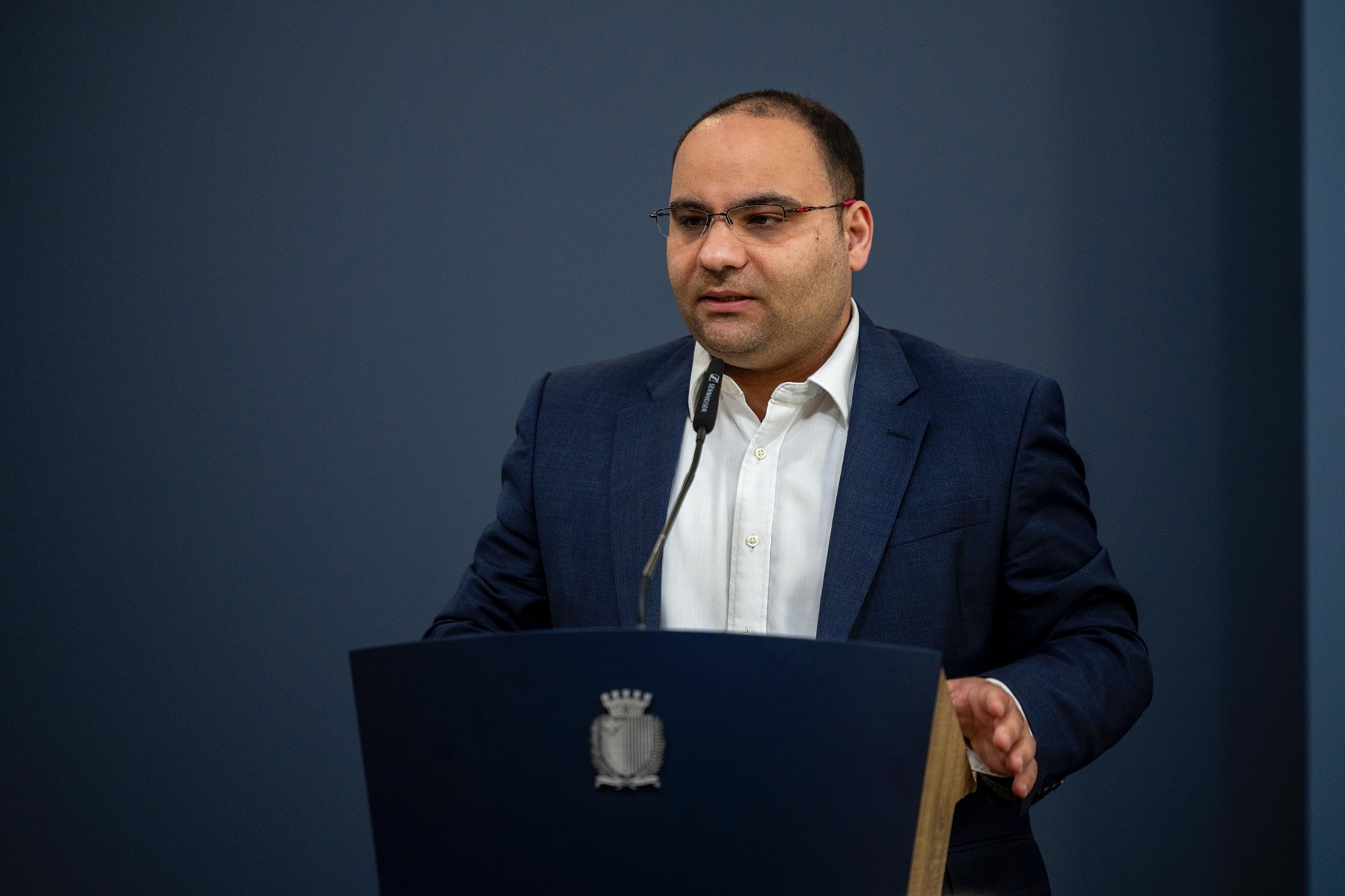Last week was a volatile one for various asset classes (bonds, shares and also currencies) following publication of fresh economic data in the US and the monetary policy meeting of the European Central Bank.
Investors are closely monitoring upcoming moves by the world’s major central bank on the back of a considerable reduction in inflation across various economies. The expectation of lower interest rates had led to a sharp boost to equity markets during the fourth quarter of 2023 and also a rally across bond markets.
Last week it was reported that inflation in the US had edged up to 3.5 per cent in March 2024 from 3.2 per cent the previous month marking the third increase in inflation readings in succession and reducing hopes that the world’s largest economy will begin cutting interest rates as early as June 2024.
The higher-than-expected inflation readings (the most important data releases to determine the course of US interest rates) also prompted a number of market observers to change their expectations on the number of interest rates cuts by the Federal Reserve. Many now expect the US Federal Reserve to lower the range of its federal funds rate either once or twice this year from the current 23-year high of 5.25 per cent to 5.5 per cent compared to expectations of as many as six rate reductions at the beginning of the year. One prominent investment bank also opined that there will be no rate cuts in 2024.
The change in expectations for interest rate cuts in the US is not only as a result of the recent upturn in inflation figures but also due to the data showing the continued resilience of the US economy.
Meanwhile, at its scheduled monetary policy meeting held last Thursday, the European Central Bank (ECB) kept its monetary policy unchanged with the key deposit rate remaining at a record high of 4% for the fifth meeting in a row.
However, the accompanying statement by the ECB and comments by the ECB President Christine Lagarde indicated that monetary policy easing would be appropriate at the next meeting on 6 June as long as updated estimates reflected an improving inflation outlook.
The ECB stated that “it would be appropriate to reduce the current level of monetary policy restriction” if inflation continues to move toward its 2% target.
Inflation has been falling steadily throughout Europe for the past 18 months, coming down to 2.4 per cent from a peak of 10.6 per cent.
The President of the ECB acknowledged that a “very, very large majority” of members of its Governing Council had wanted to wait for the publication of new economic figures to be released in the run-up to its next meeting in June before deciding whether to cut interest rates. She explained that a cut would happen only if this data reinforced the conviction that price pressures were receding.
Meanwhile, the President also stated that a few members of the ECB Governing Council wanted to proceed with an immediate cut at last week’s meeting. This indicates also that some policymakers want a faster pace of easing in the months ahead.
The ECB forecast published last month had already projected that inflation will average two per cent next year. However, the ECB is now awaiting its fresh economic forecasts before enacting a first rate cut. A lower inflation projection for 2025 would strengthen the case for a faster pace of cuts after the initial reduction widely expected to take place in June 2024.
While most economists now expect a decline in interest rates by the ECB of 25 basis points to 3.75 per cent, there are different views on the amount of additional cuts that could take place by the end of the year totalling either 75 basis points or 100 basis points to three per cent.
Interestingly, the ECB President also pushed back against the idea that the ECB was not prepared to cut rates unless the Federal Reserve did so too. She remarked “we are data-dependent, not Fed-dependent”.
Essentially, inflation is falling faster than forecast in Europe while exceeding expectations in the US, prompting investors to predict that the ECB could cut interest rates earlier than the Federal Reserve.
After the release of the inflation readings in the US last week, yields on 2-year US Treasuries rose by 20 basis points to a five-month high of 4.96 per cent, and the yield on 10-year US Treasuries gained 15 basis points to 4.5 per cent (the highest level since November 2023).
Bond yields in the Eurozone also rose in the aftermath of the US inflation readings before ending the week lower following the news on Friday that inflation in Germany eased in March to 2.3 per cent (its lowest level since June 2021) thereby providing further evidence that eurozone price pressures are abating and increasing the pressure on the ECB to start cutting interest rates.
As the ECB looks set to cut interest rates before the Federal Reserve, this naturally had an impact on the foreign exchange markets with the euro weakening to its lowest level against the USD this year of USD1.0622. One potential concern for the ECB regarding the extent of rate cuts is its impact on the euro since a continued weakening in the currency could raise imported goods inflation.
The weekend events in the Middle East could add to the reasons for the Federal Reserve to adopt a more cautious approach to rate cuts although the heightened geo-political concerns may not prevent it from cutting altogether. Meanwhile, unless energy prices shoot much higher over the next month complicating efforts to bring inflation back to target, the ECB will very likely proceed with its first rate reduction in June.
Interest rate decisions by the major central banks together with ongoing geo-political developments will continue to impact the performance of various asset classes in the weeks and months ahead.
Read more of Mr Rizzo’s insights at Rizzo Farrugia (Stockbrokers).
The article contains public information only and is published solely for informational purposes. It should not be construed as a solicitation or an offer to buy or sell any securities or related financial instruments. No representation or warranty, either expressed or implied, is provided in relation to the accuracy, completeness or reliability of the information contained herein, nor is it intended to be a complete statement or summary of the securities, markets or developments referred to in this article. Rizzo, Farrugia & Co. (Stockbrokers) Ltd (“Rizzo Farrugia”) is under no obligation to update or keep current the information contained herein. Since the buying and selling of securities by any person is dependent on that person’s financial situation and an assessment of the suitability and appropriateness of the proposed transaction, no person should act upon any recommendation in this article without first obtaining investment advice. Rizzo Farrugia, its directors, the author of this article, other employees or clients may have or have had interests in the securities referred to herein and may at any time make purchases and/or sales in them as principal or agent. Furthermore, Rizzo Farrugia may have or have had a relationship with or may provide or has provided other services of a corporate nature to companies herein mentioned. Stock markets are volatile and subject to fluctuations which cannot be reasonably foreseen. Past performance is not necessarily indicative of future results. Foreign currency rates of exchange may adversely affect the value, price or income of any security mentioned in this article. Neither Rizzo Farrugia, nor any of its directors or employees accepts any liability for any loss or damage arising out of the use of all or any part of this article.
New legal notice grants employees right to pay transparency – of a sort
Employers are encouraged to seek legal advice to ensure compliance and to prepare for future legislative updates
A golden age for GO plc
GO plc’s Annual General Meeting revealed a bold shift beyond traditional telecoms, stronger-than-ever financials, and possible share buy-backs
Another v-shaped recovery
Towards the end of 2024, most investment banks predicted that the S&P 500 index would continue its positive streak







